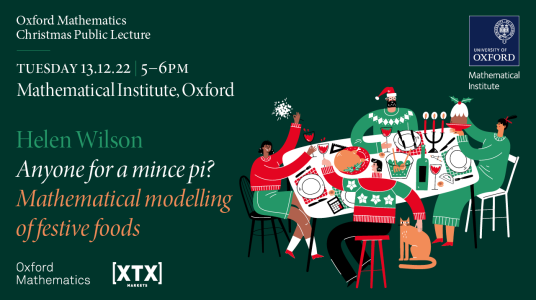2:00 Julian Sieber
On the (Non-)stationary density of fractional SDEs
I will present a novel approach for studying the density of SDEs driven by additive fractional Brownian motion. It allows us to establish smoothness and Gaussian-type upper and lower bounds for both the non-stationary as well as the stationary density. While the stationary density has not been studied in any previous works, the former was the subject of multiple articles by Baudoin, Hairer, Nualart, Ouyang, Pillai, Tindel, among others. The common theme of all of these works is to obtain the results through bounds on the Malliavin derivative. The main disadvantage of this approach lies in the non-optimal regularity conditions on the SDE's coefficients. In case of additive noise, the equation is known to be well-posed if the drift is merely sublinear and measurable (resp. Holder continuous). Relying entirely on classical methods of stochastic analysis (avoiding any Malliavin calculus), we prove the aforementioned Gaussian-type bounds under optimal regularity conditions.
The talk is based on a joint work with Xue-Mei Li and Fabien Panloup.
2:45 Thomas Tendron
A central limit theorem for a spatial logistic branching process in the slow coalescence regime
We study the scaling limits of a spatial population dynamics model which describes the sizes of colonies located on the integer lattice, and allows for branching, coalescence in the form of local pairwise competition, and migration. When started near the local equilibrium, the rates of branching and coalescence in the particle system are both linear in the local population size - we say that the coalescence is slow. We identify a rescaling of the equilibrium fluctuations process under which it converges to an infinite dimensional Ornstein-Uhlenbeck process with alpha-stable driving noise if the offspring distribution lies in the domain of attraction of an alpha-stable law with alpha between one and two.
3:30 Break
4:00-5:30 Careers Discussion


